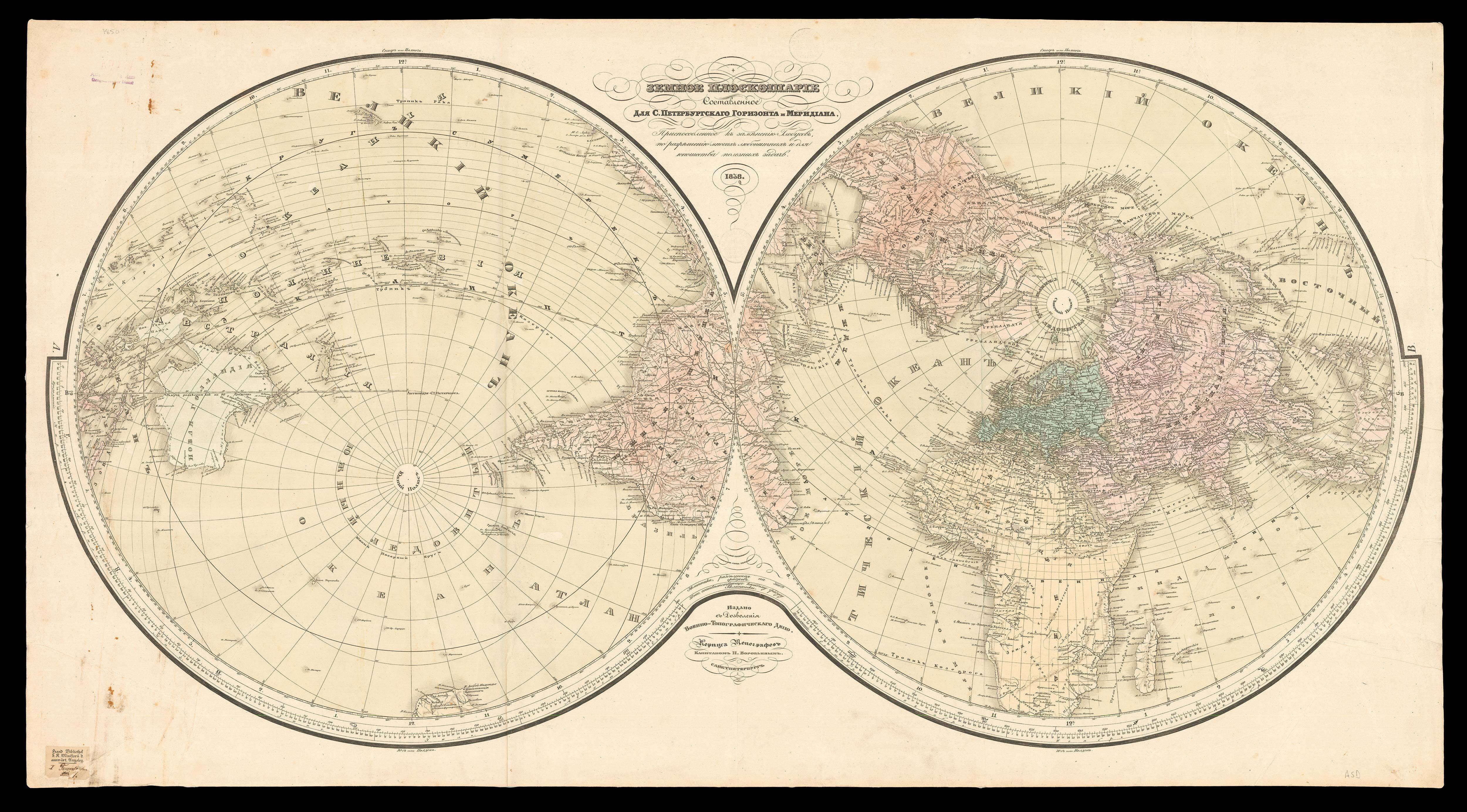

Encyclopédie ou Dictionnaire raisonné des sciences, des arts et des métiers, par une Société de gens de lettres…
- Author: DIDEROT, Denis [and] D'ALEMBERT, Jean Le Rond
- Publication place: Paris, Neufchatel [=Geneva], Amsterdam
- Publisher: Briasson, Rey, Panckoucke
- Publication date: 1751-1780.
- Physical description: 35 volumes, folio (385 by 250mm) engraved allegorical frontispiece and 2795 engraved copper plates, 8 folding or double page tables (1 volume I ; 1 volume VIII ; 3 in Supplément I ; 1 in Supplément 2 ; 1 in Supplément 3 ; 1 in volume Table I). Some occasional staining to text volumes 12 and 17; plate volumes 1, 7 and 8 with small stain. Several plates in volume 9 mounted, and with some occasional small tears. Contemporary light green morocco, gilt rule on covers, spine gilt with raised bands, gilt edges.
- Inventory reference: 18437
Notes
An exceptional copy, possibly unique, preserved in its contemporary light green morocco binding. It is complete with the allegorical frontispiece and all plates and tables called for. Known affectionately as “La Pomme Verte” by the small group of bibliophiles aware of the existence of this example, it is almost certainly the finest example in private hands.
The Geneva edition (according to Adams) of this monument in the history of ideas. It is complete with the allegorical frontispiece and all plates and tables called for.
The aim of the Encyclopaedists was above all to make reason and modernity triumph, at a time when, after centuries of obscurantism, there was a renaissance of intelligence. Diderot, who had been entrusted with the direction of the Encyclopaedia, devoted 20 years to this undertaking for which he made corrections, syntheses and wrote more than a thousand articles on subjects as diverse as philosophy, aesthetics, morality, and the mechanical arts. In the early years he was assisted by D’Alembert, who abandoned the edition in 1759 after the condemnation of the encyclopaedic enterprise. From then on, d’Alembert only dealt with the mathematical part. Among the contributors to this prestigious enterprise were Voltaire, Rousseau, and Montesquieu.
“Sous la direction de Diderot et d’Alembert, plus de deux cents collaborateurs connus ont collaboré à cette entreprise, l’une des plus ambitieuses qu’ait tentées l’édition française sous l’Ancien Régime. Médecins, écrivains, juristes, artisans, artistes, grands commis, officiers, amateurs d’art, prêtres ou pasteurs, ils avaient le projet commun de présenter à l’Europe cultivé de leur temps un tableau aussi clair que possible de l’ensemble des connaissances acquises depuis la Renaissance” (from the text)
[Under the leadership of Diderot and d’Alembert, more than two hundred well-known collaborators worked on this enterprise, one of the most ambitious that the French edition attempted under the Ancien Régime. Doctors, writers, jurists, craftsmen, artists, great clerks, officers, art lovers, priests or pastors, they had the common project of presenting to the cultivated Europe of their time a picture as clear as possible of all the knowledge acquired since the Renaissance].
The work was published in 35 volumes, issued over a period of nearly 30 years. It contains 17 volumes of the primary text, 11 volumes of plates, 5 volumes of supplements, and 2 volumes of tables, the latter often missing.
“A monument in the history of European thought; the acme of the age of reason; a prime motive force in undermining the ancien régime and in heralding the French Revolution; a permanent source for all aspects of eighteenth-century civilization and a classic example of how not to arrange… Each volume as it appeared caused a sensation throughout Europe. The court, the church, the judiciary were outraged; the number of subscribers, originally one thousand, rose to four thousand. In 1759, the seven volumes so far published were banned by the French Attorney General and condemned by the Pope “(PMM).
‘The greatest encyclopaedia of science, which had widespread effect in establishing uniformity of terminology, concept, and procedure in all fields of science and technology’ (Grolier/Horblit).
Provenance
:
Tissot-Dupont (book plate), Paris.
Simon Tissot-Dupont (born in Savoy in 1847) founded a carriage company which was destroyed in a fire in 1872. The same year, he bought a workshop which made leather briefcases for diplomats and businessmen. In 1884, Dupont became the supplier to one of the world’s largest shops – Les Grands Magasins du Louvre – while maintaining his private clientele. S.T. Dupont remains to this day a French luxury goods company based in Paris, although majority ownership now resides in Hong Kong.
Bibliography
- Literature:
PMM, 200 - En français dans le texte, 156
- Grolier/Horblit 25b
- John Lough, Essays on the Encyclopédie (London 1968)
- Schwab, Rex, and Lough, Inventory of Diderot's Encyclopédie, I (1971), VII (1984) [Studies on Voltaire and the Eighteenth Century 80, 223
- Adams, Diderot, I, G-5.
 Rare Maps
Rare Maps  Rare Atlases
Rare Atlases  Rare Books
Rare Books  Rare Prints
Rare Prints  Globes and Planetaria
Globes and Planetaria 










